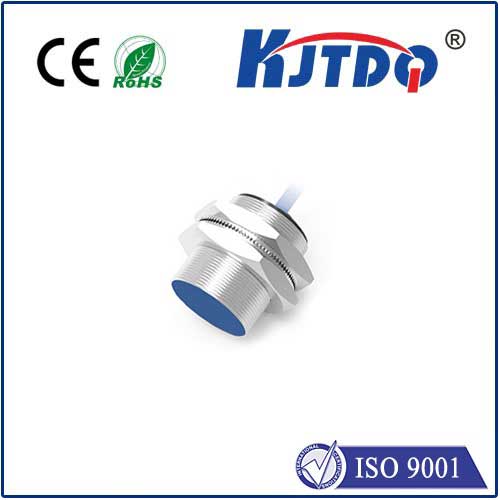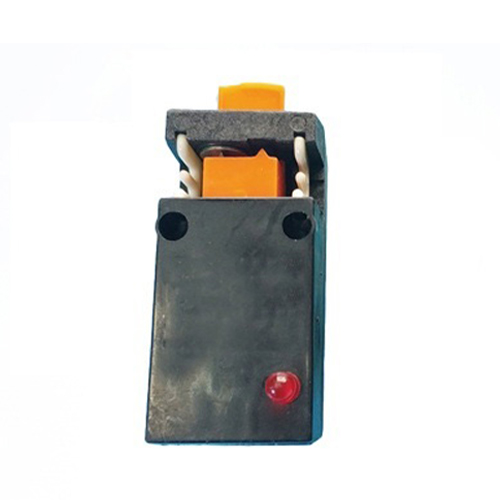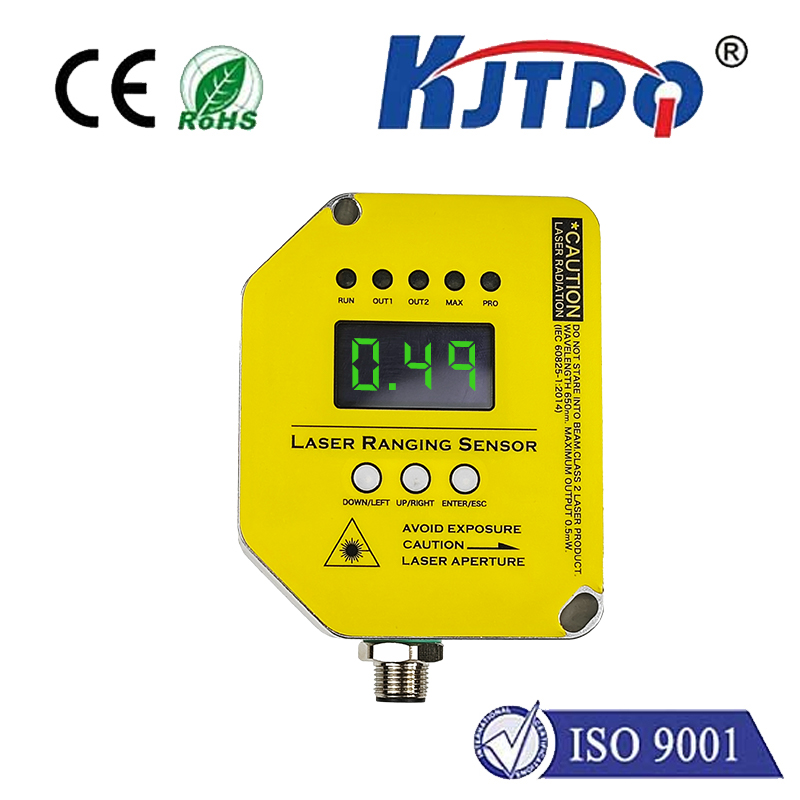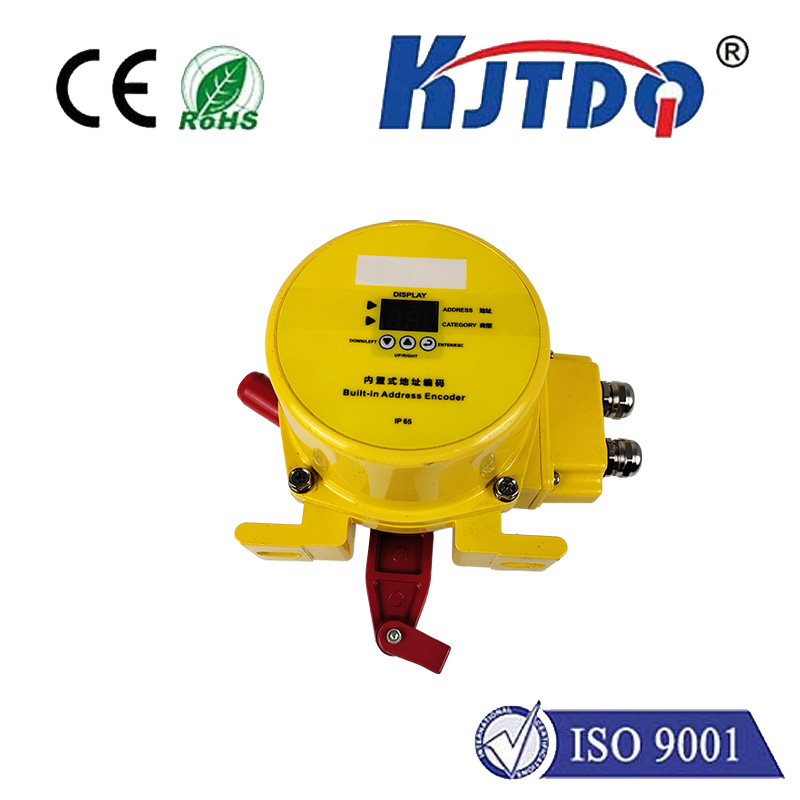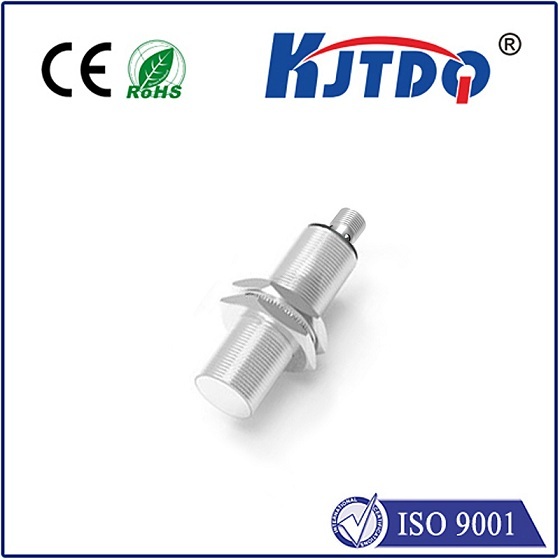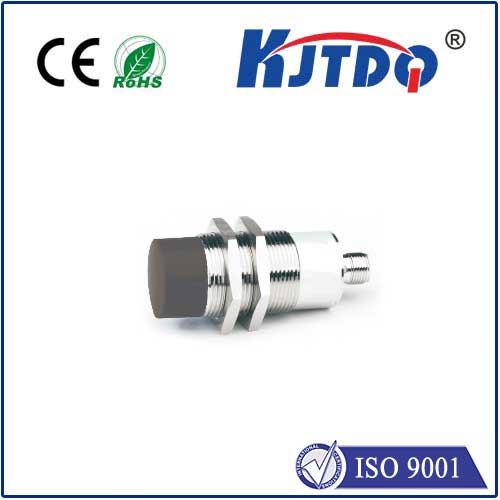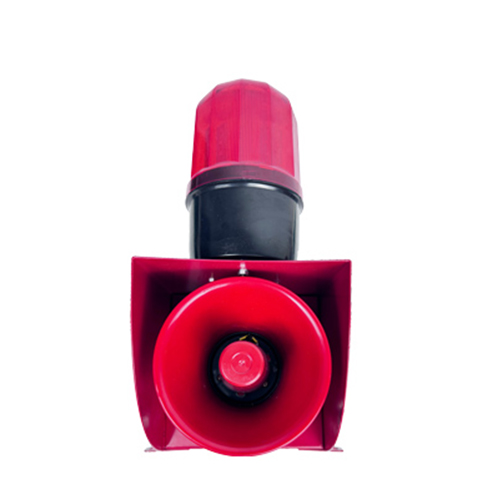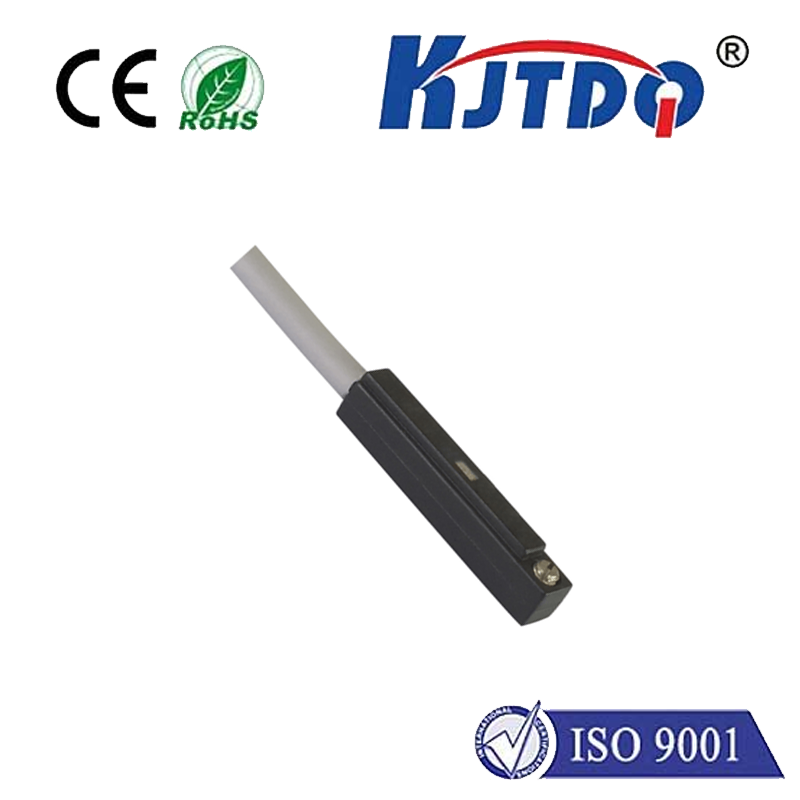contact limit switch
- time:2025-07-31 03:16:44
- Click:0
Contact Limit Switches: The Unsung Mechanical Sentinels of Automation
Ever wonder how that automated garage door knows precisely when to stop before hitting the ground? Or how a robotic arm repeats movements flawlessly time and again, avoiding collisions? Often, the reliable hero behind these feats is a deceptively simple device: the contact limit switch. While sophisticated sensors grab headlines, these mechanical workhorses remain fundamental pillars of industrial control and safety systems worldwide.
What Exactly is a Contact Limit Switch?
At its core, a contact limit switch is an electro-mechanical device specifically designed to detect the presence or absence of, or the physical limit of motion of, an object. Unlike their non-contact cousins (proximity sensors, photoelectrics), contact limit switches operate on a beautifully straightforward principle: physical touch triggers an electrical state change.
Think of it like a sophisticated light switch embedded within a robust housing. When a moving part (like a machine slide, door, or cart) physically contacts the switch’s actuator mechanism (a lever, plunger, or roller), it mechanically forces internal electrical contacts to open or close. This state change (a “signal”) is instantly relayed to the machine’s control system (PLC, relay logic, motor controller), instructing it to perform a critical action: stop movement, reverse direction, initiate a sequence, or activate a safety circuit.
How Do Contact Limit Switches Function? The Anatomy of Action
Understanding their function requires a peek inside:

- Actuator: This is the “trigger point” exposed to the external world. It’s the physical interface that gets pushed, rotated, or rolled upon by the target object. Actuator types vary significantly:
- Plunger/Button: Simple linear action, ideal for direct pushes.
- Roller Lever: Common for sensing edges or objects passing by; the roller minimizes friction.
- Flexible Rod/Rod Lever: Offers a longer reach to detect objects further away.
- Rotary Lever: Used where rotational motion needs detection.
- Wobble Stick/Whisker: Detects objects from almost any direction, common in material handling.
Switch Body/Housing: This rugged enclosure protects the sensitive internal mechanism from environmental hazards like dust, moisture, oil, and impact. Ratings like IP67 (dust-tight and waterproof up to temporary immersion) are crucial selection factors.
Electrical Contact Block: This is the heart where the magic happens. The actuator’s movement transfers force to snap-action internal contacts. These contacts are typically SPST (Single Pole, Single Throw) – Normally Open (NO) or Normally Closed (NC), or SPDT (Single Pole, Double Throw) configurations that provide both NO and NC options in one unit. The snap-action design ensures a rapid, positive break or make of the electrical circuit, minimizing arcing and ensuring reliable signal transmission.
Terminal Connections: Secure points for electrical wiring to connect the switch to the control circuit.
The Critical Functions: More Than Just “Stop”
While stopping motion at a physical limit is their namesake function, contact limit switches perform vital roles:
- Precise Position Detection: Confirming a component has reached its intended target position. (e.g., “Door fully open”, “Tool in home position”).
- End-of-Travel Confirmation: Preventing mechanical over-travel damage by signaling the absolute limit.
- Sequence Initiation: Signalling the completion of one step to trigger the next in an automated process.
- Presence/Absence Detection: Verifying if a part is in place or missing before an operation starts.
- Safety Interlocking: Integrating into safety circuits to halt dangerous motion if guards are open or personnel are detected in hazardous zones. Their inherent “positive opening” (mechanical separation of contacts) principle is often a key safety requirement (fail-safe design).
Why Choose Contact Limit Switches? Enduring Advantages
In an era of advanced electronics, the enduring popularity of mechanical limit switches is no accident. They offer distinct advantages:
- Simplicity & Ease of Understanding: Their operation is intuitive and visible. Troubleshooting is often straightforward.
- Robustness & Durability: Designed to withstand demanding industrial environments: vibration, shock, temperature extremes, and contaminants where optical or inductive sensors might struggle. Properly chosen, their mechanical life can be exceptionally long.
- Cost-Effectiveness: Generally offer a lower initial cost compared to many non-contact sensors, especially for simple position detection tasks.
- High Current Capacity: Many models can directly switch significant currents (motors, solenoids, lights) without needing an interposing relay, simplifying circuits.
- Replacement/Adjustment: Actuators are often replaceable or adjustable, fine-tuning the activation point without replacing the entire switch or reprogramming controllers.
- Over-Travel Tolerance: Mechanical switches inherently allow for a degree of movement (over-travel) beyond the actuation point without damage – a feature essential for absorbing inertia in machinery.
Key Applications: Where Mechanical Contact Works Best
Contact limit switches are ubiquitous across industries. You’ll find them reliably performing in:
- Material Handling: Detecting position on conveyors, palletizers, and automated storage/retrieval systems (AS/RS). End-of-travel on cranes and hoists.
- Machine Tools (CNC, Mills, Lathes): Homing axes, confirming tool changer position, guarding interlocks, detecting workpieces.
- Packaging Machinery: Verifying case/carton presence, detecting jam conditions, confirming lid closure.
- Automotive Manufacturing: Robotic arm position limits, door/window assembly fixtures, press brake stroke limits.
- Elevators & Escalators: Floor leveling, door open/close confirmation, overspeed governors.
- Commercial Doors: Garage doors, overhead sectional doors, rolling shutters (position and safety reversal).
- Process Valves: Confirming open/closed status on large valves.
- Robotics: Providing hard stops and position feedback for joint movements.
Installation Considerations for Optimal Performance
Maximizing the lifespan and reliability of a contact limit switch hinges on proper installation:
- Secure Mounting: Ensure the switch body is rigidly mounted to minimize vibration-induced false signals or damage.
- Precise Actuator Positioning: Position the actuator so that the target consistently engages it fully within its operating range. Consider potential deflection or misalignment.
- Avoid Overload: Ensure the target applies sufficient force to actuate the switch reliably, but not so much force as to damage the actuator mechanism (operating force vs. maximum force ratings).
- Consider Over-Travel: Account for the inertia of the moving part. The mounting must allow the actuator to move through its full stroke and potentially handle some over-travel beyond the point of electrical switching without damage.
- Environmental Protection: Choose an enclosure rating (IP, NEMA) suitable for the specific environment (dust, water washdown, chemicals).
- Appropriate Actuator Type: Select the actuator style (roller lever,






